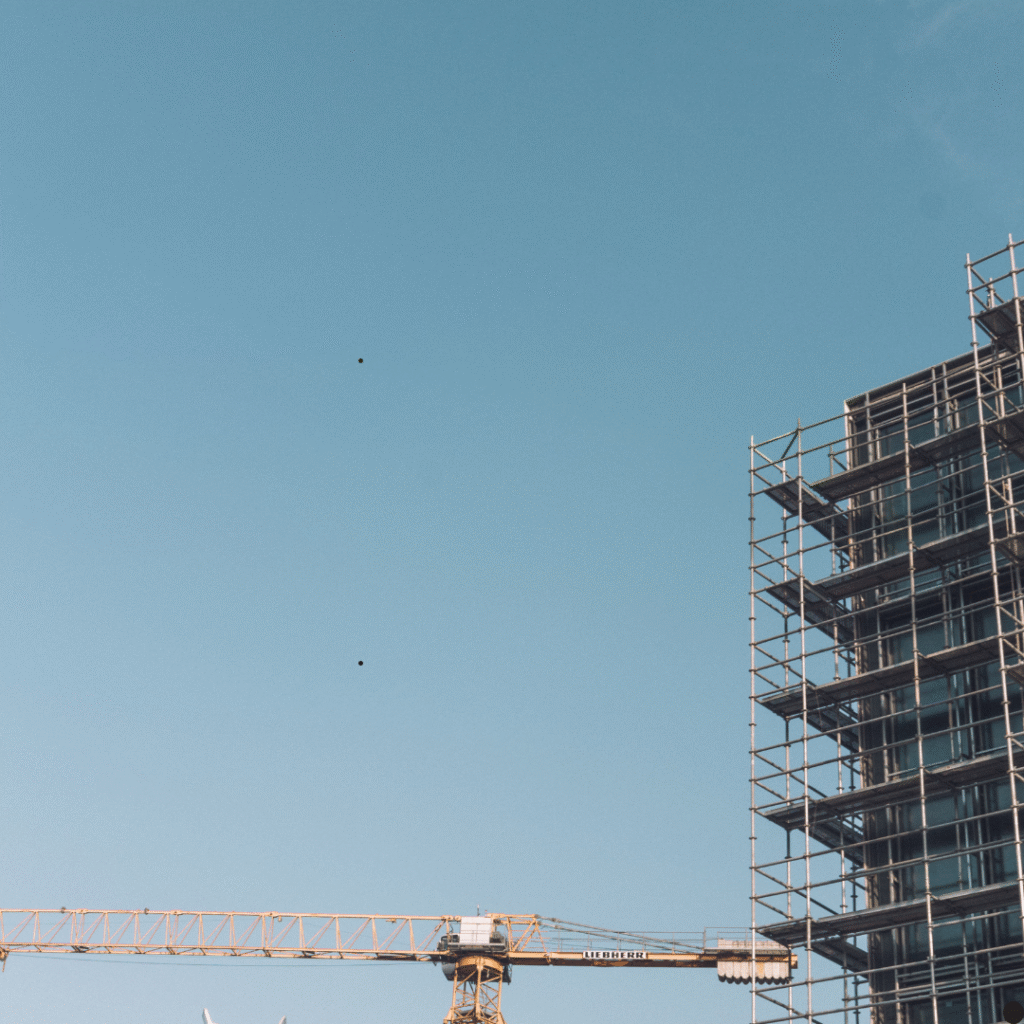
Get In Touch
Commercial Buildings as Community Hubs: A New Trend
Introduction
The role of commercial buildings is rapidly evolving. Traditionally, they were designed as spaces for business activities, retail outlets, or office use. Today, however, the trend is shifting toward creating community-centric spaces that bring people together, blending commerce, culture, and connection. Commercial buildings are no longer just functional structures—they are becoming vibrant community hubs.
Why This Shift Is Happening
-
Changing Work Patterns
With hybrid and remote work models, people are seeking spaces that offer more than just office desks. They want areas where work, networking, and leisure coexist. -
Consumer Expectations
Customers no longer visit malls or office complexes just to shop or work—they expect experiences, social interaction, and cultural engagement. -
Urban Growth
Cities are becoming denser, and developers are focusing on multi-functional buildings that maximize space and serve broader community needs.
Key Features of Community-Centric Commercial Spaces
-
Mixed-Use Design: Incorporating workspaces, retail stores, restaurants, gyms, and even cultural venues under one roof.
-
Public Interaction Zones: Open plazas, rooftop gardens, and breakout lounges where people can gather, relax, or collaborate.
-
Events & Experiences: Hosting exhibitions, workshops, and local cultural programs to create a sense of belonging.
-
Sustainability & Wellness: Eco-friendly design, natural light, and wellness-focused amenities that enhance the overall community experience.
Benefits of This Approach
-
For Developers & Businesses – Increases footfall, brand loyalty, and long-term value of the property.
-
For Communities – Provides safe, accessible spaces where people can connect, collaborate, and thrive.
-
For Cities – Encourages urban vibrancy, reduces isolation, and promotes inclusive growth.
Real-World Examples
-
Shopping malls evolving into lifestyle destinations with co-working spaces and event zones.
-
Office complexes integrating food courts, art galleries, and green spaces.
-
Industrial parks setting up training centers and community facilities for local engagement.
Conclusion
The future of commercial construction lies in creating spaces that go beyond business. By functioning as community hubs, commercial buildings can become central to urban living—fostering connection, culture, and collaboration while still serving economic purposes. For developers like Shyam Constructions, embracing this trend is not just about staying relevant, but about building spaces that truly enrich people’s lives.

